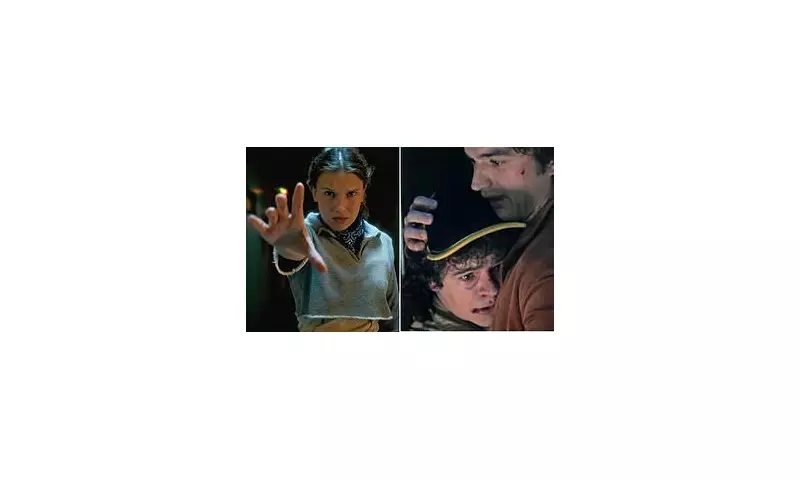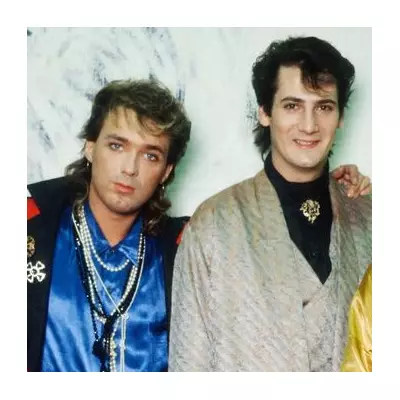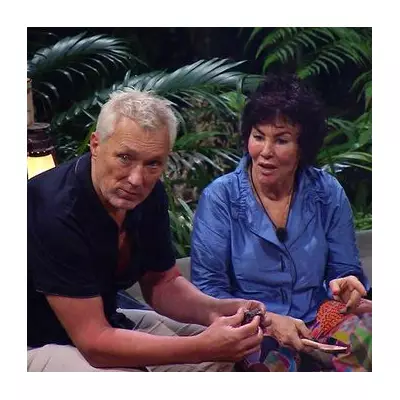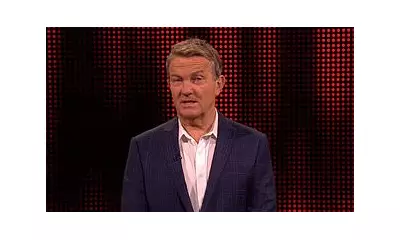
After a nine-year journey that began in the 1980s, the end is finally in sight for Netflix's flagship supernatural series. The first part of the concluding season of Stranger Things has arrived, prompting the question on every fan's mind: was the lengthy wait justified?
A Town Transformed and a Cast Grown Up
The return to Hawkins, Indiana, is a shock to the system. The town is now under martial law and quarantined from the rest of the United States, a direct consequence of the multiple portals to the Upside Down that burst open at the climax of the previous season. The iconic white-picket fences are looking rundown as our heroes attempt to maintain a facade of normal life.
Covertly, however, they are defying both the military forces and a creepy new scientist, Dr. Kay, played by Linda Hamilton of Terminator fame, who is leading the hunt for the evil monster-king, Vecna.
This new setting underscores a reality that has been building off-screen: the passage of time. The child actors who once portrayed a Goonies-esque gang of lovable nerds are now gawky adults, almost unrecognisable from their original selves. The show has had to navigate not just a fictional narrative, but the very real lives of its cast, which have played out in newspaper columns and online gossip during the long gaps between seasons.
Familiar Strengths and Glaring Weaknesses
There's no denying the glorious spine-chill that accompanies the creepy tones of the synthesizer theme music, a signal that we're back in the world of Stranger Things. The show's creators, the Duffer Brothers, expertly shuffle their large supporting cast in these four opening episodes.
This leads to some welcome familiar team-ups, such as Steve and Robin running the town's radio station, but also throws up odder pairings. It gives more screen time to lesser-known figures, with Nancy and Will's little sister Holly, now played by Nell Fisher, stepping into the spotlight with great effect.
While Millie Bobby Brown's Eleven was the show's initial breakout star, Gaten Matarazzo's Dustin has become her match as an actor. This season, as he mourns the death of Eddie Munson, Matarazzo gets the chance to reveal a darker, damaged side to the loveable goofy nerd, and he seizes the opportunity.
However, a growing awareness persists that the series prioritises likeable characters and jaw-dropping set-pieces over a coherent story. Memorable moments like Kate Bush's 'Running Up That Hill' and Eddie Munson's last stand in season 4 were amazing, but it's hard to shake the feeling that the core plotlines have become senseless and overly repetitive.
The Verdict: Peril Over Plot
Does the plot make a hell of a lot of sense? No, of course not. The first episode is crammed with exposition, but once that is out of the way, the oh-so-effective set-pieces begin to arrive, masterfully mixing creepy horror tropes with blockbuster-standard action sequences.
What Stranger Things does exceptionally well is peril, and it's hard to think of another show that does it better. By the time episode four comes to a shattering finish, it's hard to imagine that anyone watching won't be sticking around to see which characters make it through to the very end.
Despite the distinct sense of Hawkins-fatigue, the show's unique ability to generate tension and its deep connection with its characters ensure that the door to the Upside Down remains compelling, even if it is well past time to close it for good.





